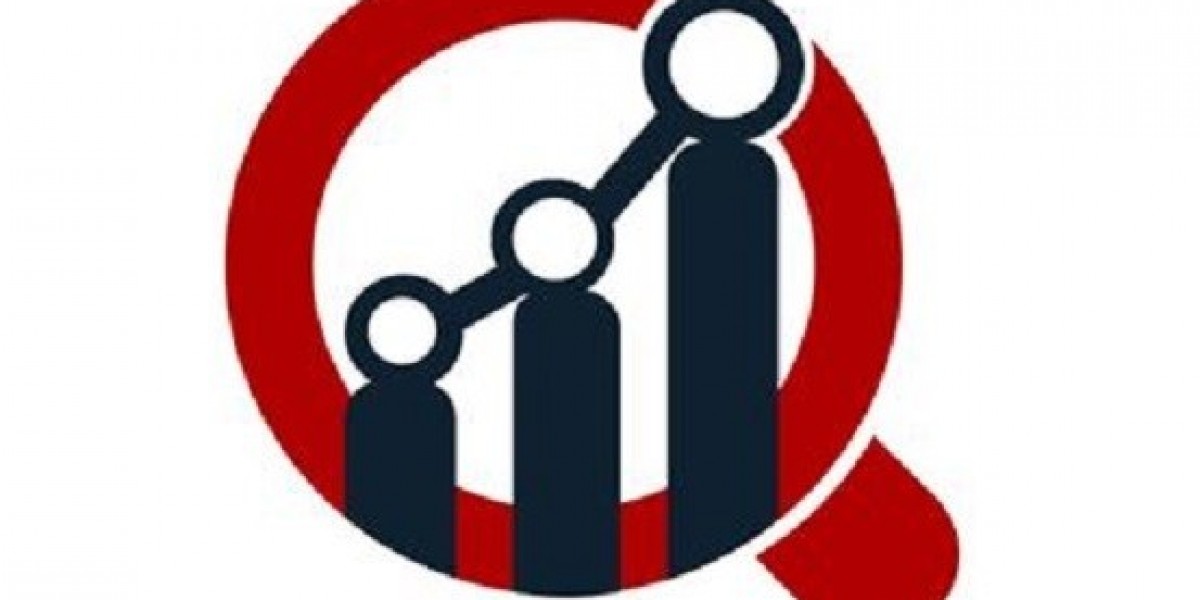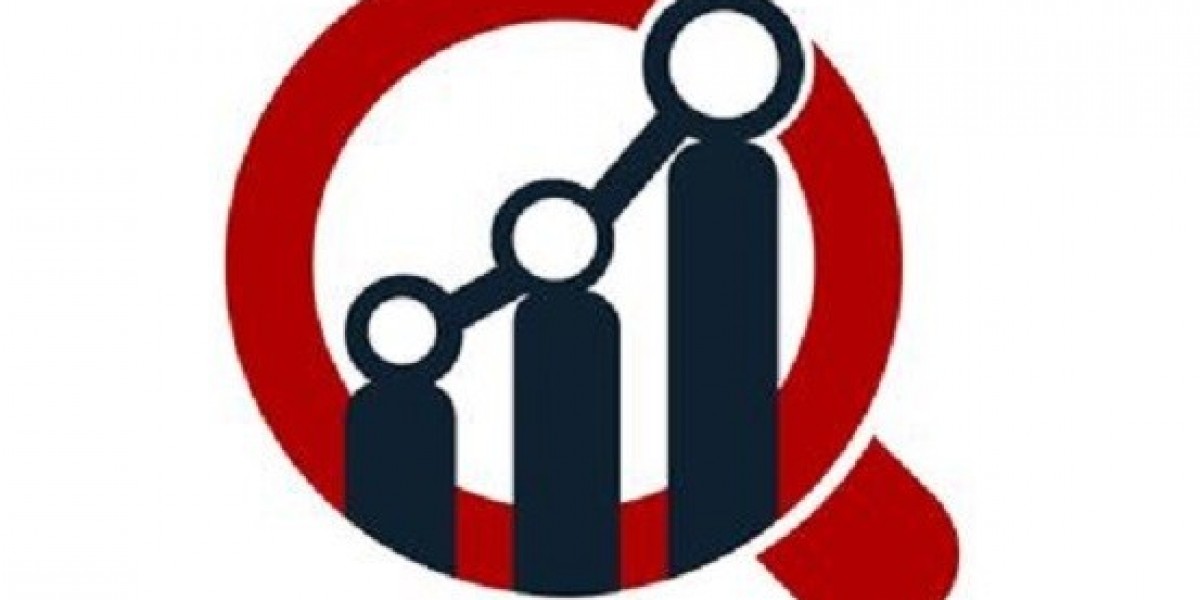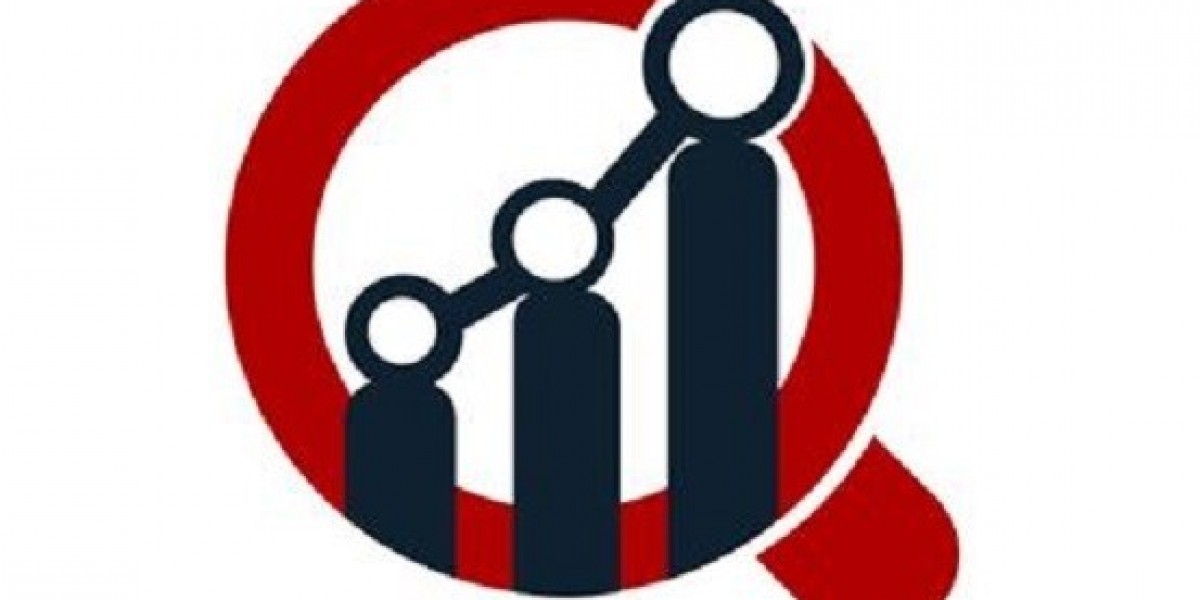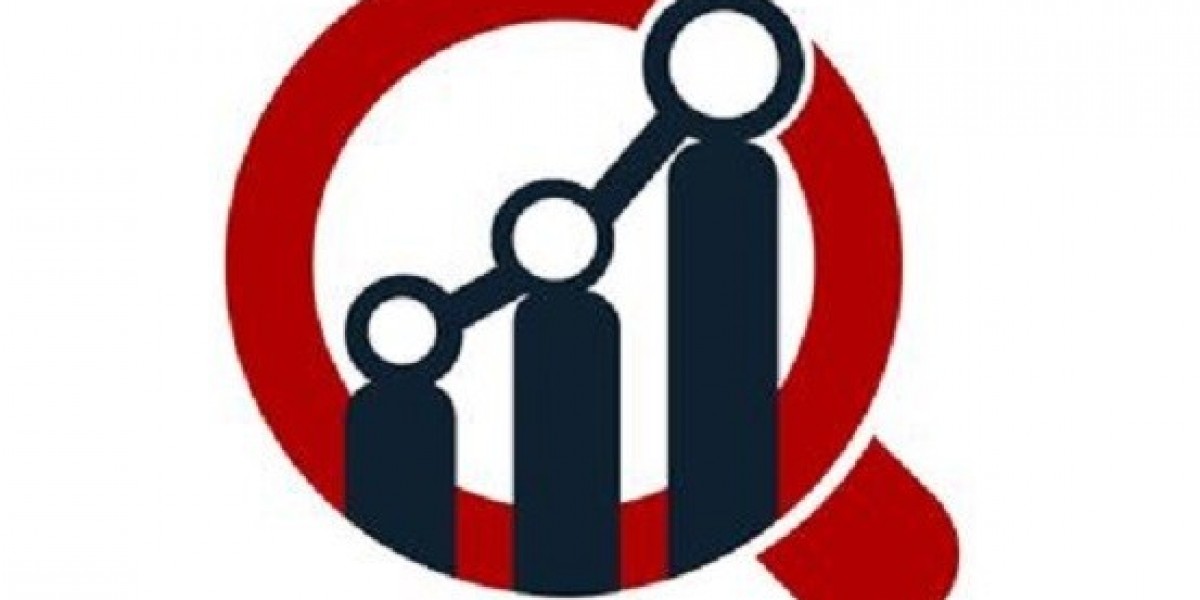? Clinical Risk Grouping Solutions – Smarter Risk Stratification for Better Healthcare Outcomes
Clinical Risk Grouping Solutions (CRGs) are tools used by healthcare providers, payers, and public health agencies to analyze, stratify, and manage patient populations based on their clinical risk profiles. These solutions support more personalized, efficient, and cost-effective care.
? What CRGs Do:
Group patients into clinically meaningful categories based on diagnosis, treatment history, comorbidities, and care patterns
Predict future healthcare utilization, costs, and potential outcomes
Support value-based care, resource planning, and case management
Enable population health management by identifying high-risk groups
? Key Features:
AI/ML-powered analytics for accurate risk scoring
Integration with EHRs and claims data
Customizable models for different payer/provider needs
Visual dashboards for real-time insights
? Market Drivers:
Shift to value-based reimbursement models
Rising healthcare costs demanding better risk management
Increasing demand for data-driven clinical decision-making
Growth in healthcare analytics platforms and AI adoption
? Who Uses It:
Payers – for risk adjustment and premium setting
Providers – to target care coordination and reduce readmissions
Health Systems – for strategic planning and care optimization
Government agencies – for public health surveillance and policy









